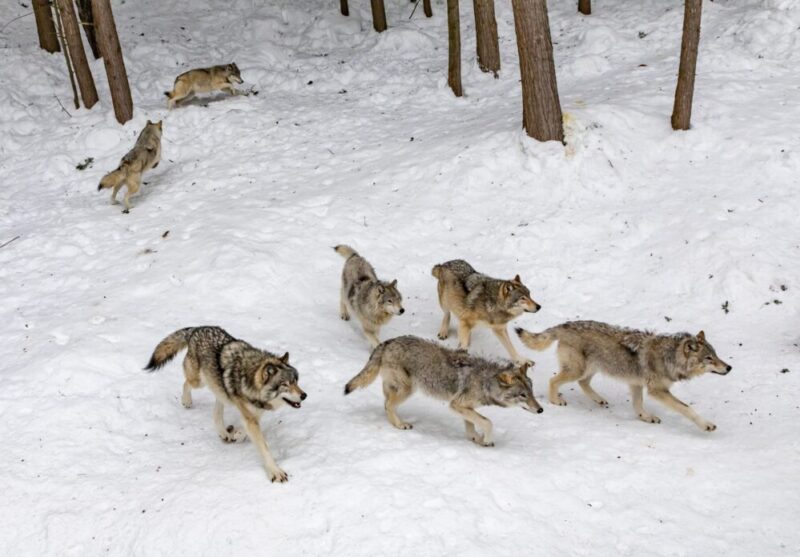Leading from the Right Place
A popular image has circulated throughout social media for the past few years showing a pack of twenty plus wolves walking through deep snow in a single file line. Within that line you clearly see sub-clusters of wolves that are walking in closer proximity to one another. Thought leaders from around the globe have used this image as an analogy to promote leadership philosophies based on how the wolf pack organizes itself and the positioning of the alpha wolf. The most common interpretation of this image is that the alpha, or leader wolf, is positioned at the back, watching over the pack, and allowing the weaker wolves to set the pace. The fit and youthful wolves gather in the middle section, ready to spring into action if there is an attack from the front, the sides, or the back.

While this analogy may be a nice idea in certain team or organizational contexts, it is not only non-prescriptive for all leadership contexts and situations, it also happens to not be the actual behavior of wolf packs. In reality, the alpha wolf positions itself in various locations within the pack based on what the pack is doing or where leadership is most needed, which is usually at the front of the pack.
This picture has been used to promote servant leadership by advocating that wise and humble leaders lead from the back, always and forever, amen. Unfortunately, I believe this paints an inaccurate picture of servant leadership. We live in a day in which we desire simplistic leadership concepts that help us understand more about how to lead. We want concepts that can be applied at all times and in all contexts. However, I think all of us know that there is not a “silver bullet” leadership approach that always applies. While there are leadership principles and philosophies we can apply at all times (thinking others first, valuing results and relationships, servant leadership, etc.), leadership is more complex than a standard of “leading from the back” at all times.
Real leadership necessitates nuances depending on the situation, such as who you are leading and for what purpose you are leading.
This is why I believe leadership requires discernment. Sometimes, being the best leader means being out front: pulling the lines, inspiring the troops, blazing the trail. Other times, being the best leader means giving others the opportunity to be in front, letting the team set the pace, stepping back and watching over the team while they forge the path with your vision and direction. You may often find that being the best leader means getting your hands dirty by leading through example as you do the work alongside the team members.
